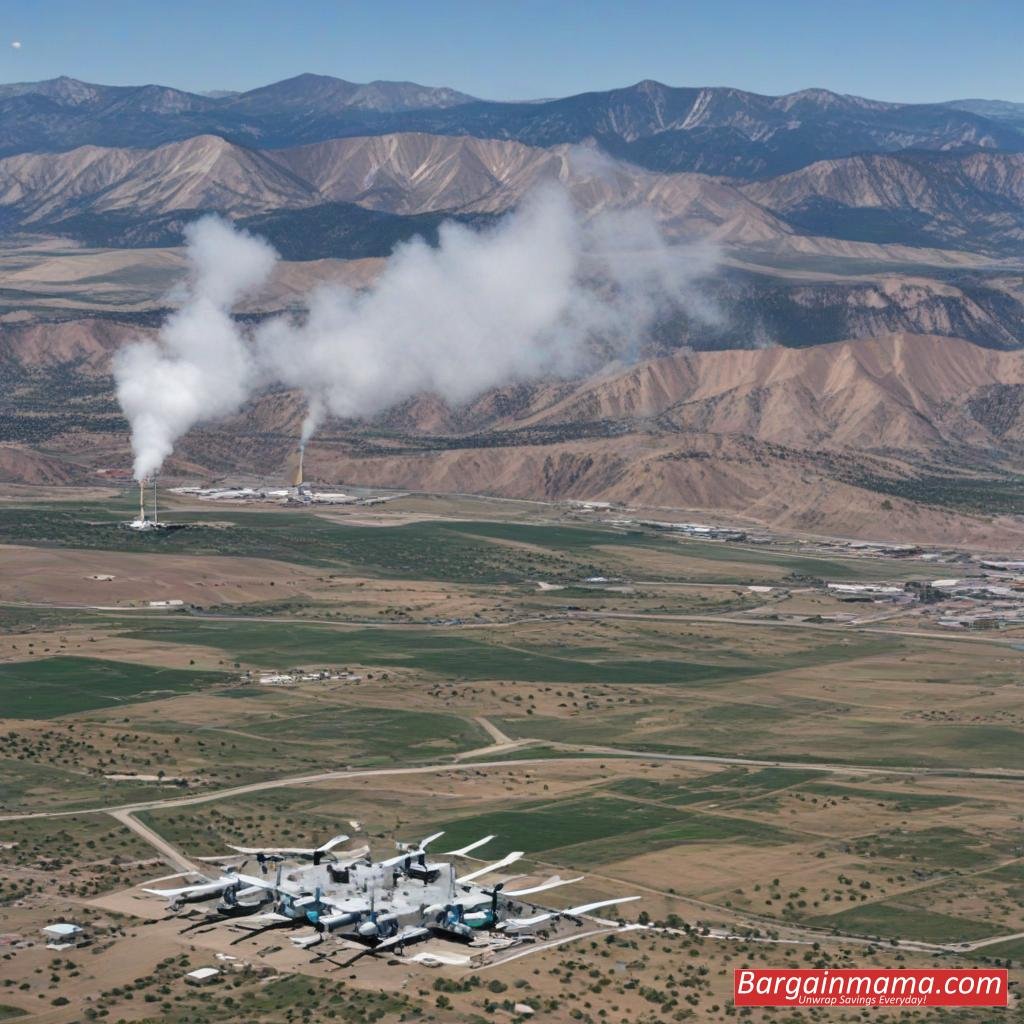Denver, Colorado — Colorado is embarking on an unprecedented two-week long land, air, and space surveillance operation to combat harmful greenhouse gases and toxic ozone. The initiative will use the knowledge of top U.S. scientists from NOAA, NASA, and the Colorado health department to identify the main sources of pollution in the oil and gas basins, agricultural lands, and urban corridors of northeastern Colorado.
Methane leaks, greenhouse gas emissions, and ozone precursors like nitrogen oxides will all be monitored by scientists. In the last ten years, this kind of thorough targeting has not been carried out, says Sunil Baidar of NOAA’s Chemical Sciences Laboratory. The necessity for new pollution control policies is made more urgent by the fact that counties in the northern Front Range are in “severe” violation of EPA ozone regulations.

After conducting this thorough survey, NASA and NOAA will expand their efforts to Salt Lake City, another location where ozone levels are being exceeded by the EPA. These summertime procedures are critical because the intense sunshine amplifies the amount of ozone that is released into the atmosphere by cars, industrial sources, and drilling operations.
Over the course of the next five years, this collaborative research project will concentrate on sizable U.S. oil and gas producing basins. The program makes use of cutting-edge technology, such as mobile labs for pollutant assessment at the ground level, King Air planes with optical methane imaging, Twin Otter aircraft for direct pollution measurement, and satellites that detect methane leaks.
By pooling their resources, federal and state authorities will be better able to create efficient control strategies, compare data from the past ten years, and identify the main sources of greenhouse gases and other pollutants. The head of NOAA’s Tropospheric Chemistry program, Steven Brown, stressed that government and university researchers could instantly benefit from exchanging cutting-edge technologies to boost air quality improvement measures and mitigate climate change.
The director of the state health department’s Air Pollution Control Division, Michael Ogletree, emphasized that these new measurements would improve real-time forecasting, alerting citizens to pollution levels, and assist data-driven policy decisions.

After nine northern Front Range counties were found to have “severe” ozone limit nonattainment by the EPA, Colorado was forced to submit improvement plans and implement regulations to support policy changes by 2027. This season, Denver has already witnessed multiple ozone breaches; as a result, regular ozone action alert days have been implemented to warn locals—especially the most vulnerable—about outdoor activities.



